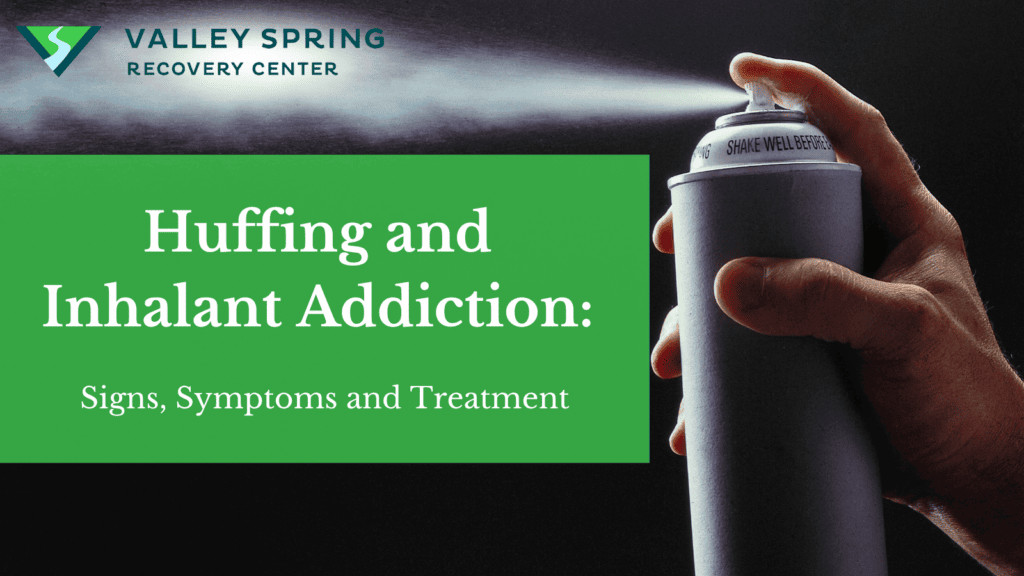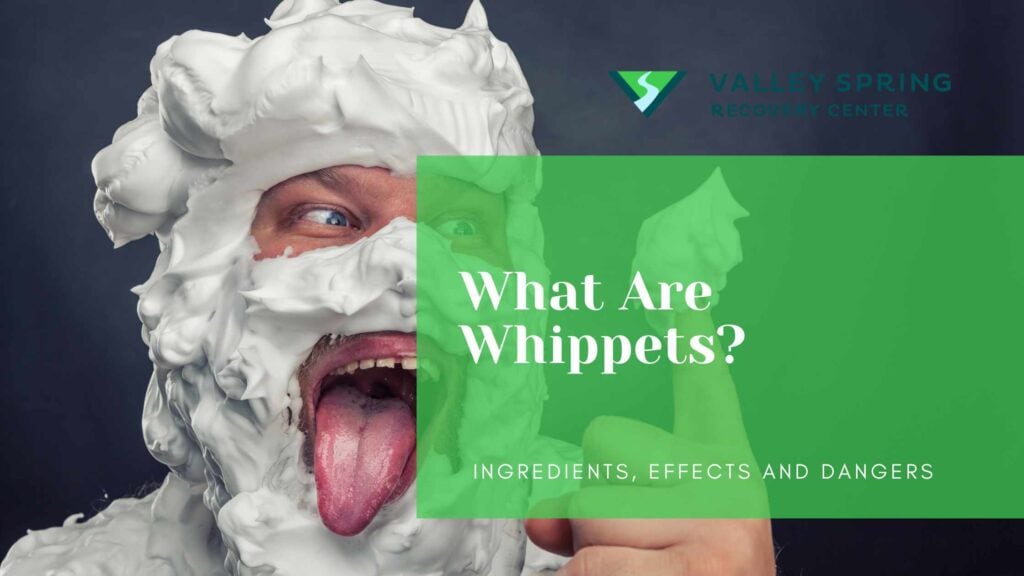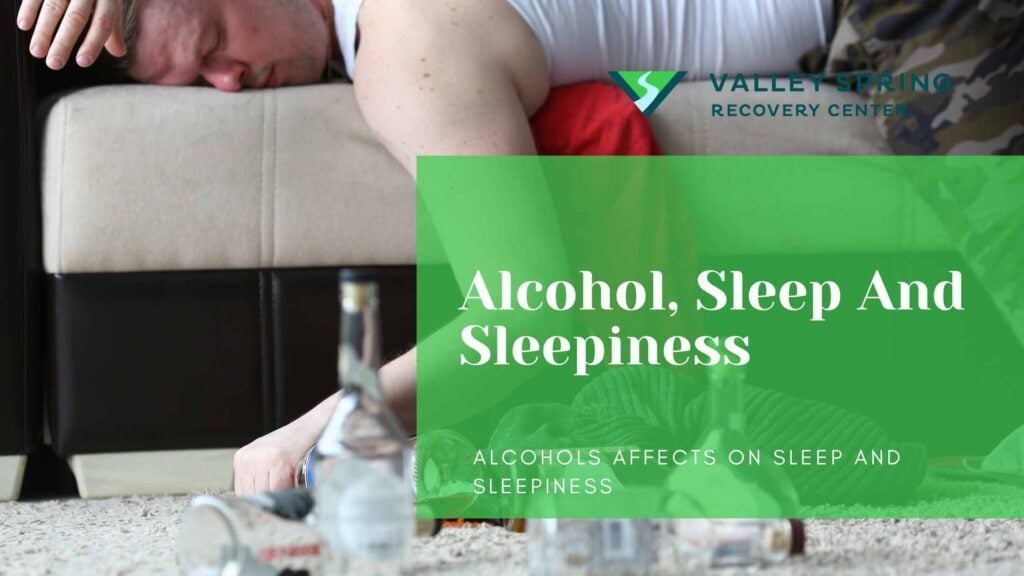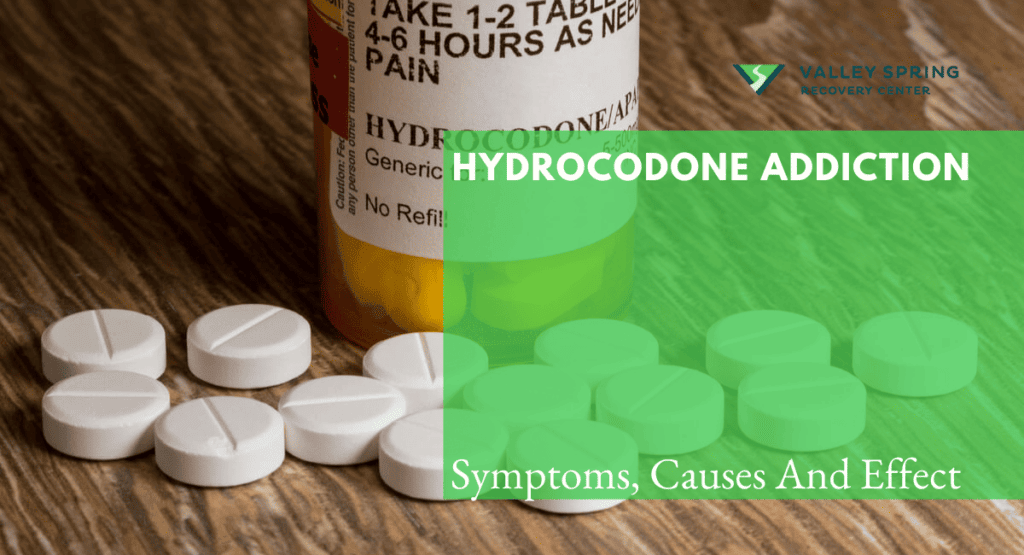Methadone addiction is a complex issue stemming from the misuse and dependence on methadone, a synthetic opioid primarily used to treat pain and opioid addiction. Understanding the signs, symptoms, and statistics associated with methadone addiction is crucial for effective prevention and intervention efforts.
Methadone, a long-acting synthetic opioid, is often used as a medication-assisted treatment (MAT) to help individuals overcome opioid addiction. However, when misused or taken without medical supervision, it can lead to addiction, marked by physical and psychological dependence.
What is Methadone?
Methadone is a synthetic opioid medication that is primarily used for two main purposes:
- Pain Management: Methadone is sometimes prescribed by healthcare professionals to manage moderate to severe pain, particularly when other pain medications (such as morphine or oxycodone) may not be as effective or suitable for a patient’s needs.
It is known for its long-lasting pain-relieving effects, which can help provide continuous relief over an extended period. - Opioid Addiction Treatment: One of the most significant applications of methadone is in the treatment of opioid addiction, including addiction to drugs like heroin or prescription opioids.
When used as part of a medically supervised treatment program, methadone can help reduce withdrawal symptoms and cravings, allowing individuals in recovery to stabilize their lives and work towards abstinence from opioids. This approach is known as medication-assisted treatment (MAT).
Methadone is unique in its ability to relieve opioid withdrawal symptoms and cravings without producing the intense euphoria or “high” associated with many other opioids but at the same time, it is also an addictive substance. The treatment community has stopped prescribing methadone on a large scale because of its addictive properties and withdrawal symptoms associated with discontinuing use.
What Are The Signs And Symptoms of Methadone Addiction?
Below are signs and symptoms that can aid in recognizing Methadone addiction for early intervention and effective treatment.
Physical Signs
- Drowsiness or sedation
- Slurred speech
- Constipation
- Itchy skin
- Constricted pupils
- Nausea and vomiting
- Weight loss
- Impaired coordination
- Sweating
- Reduced pain perception
- Changes in sleep patterns
- Respiratory depression (in severe cases)
- Track marks or injection site infections (if methadone is injected)
- Poor hygiene and neglect of personal appearance.
Behavioral Signs
- Frequent and secretive use of methadone.
- Spending significant time obtaining, using, or recovering from methadone use.
- Neglecting personal responsibilities and obligations.
- Decreased participation in social and recreational activities.
- Loss of interest in hobbies and passions.
- Withdrawal from friends and family.
- Changes in sleep patterns (insomnia or excessive sleep).
- Mood swings, irritability, or emotional instability.
- Engaging in risky behaviors to obtain methadone.
- Legal issues related to methadone misuse or acquisition.
- Deceptive behavior, such as lying about methadone use.
- Continued use of methadone despite negative consequences.
- Neglect of personal hygiene and appearance.
- Neglect of nutritional needs and weight loss.
- Difficulty maintaining employment or consistent work attendance.
Emotional Signs
- Anxiety
- Depression
- Mood swings
- Irritability
- Agitation
- Emotional numbness
- Increased sensitivity to stress
- Low self-esteem
- Feelings of guilt or shame
- Fear of withdrawal
- Loss of interest in activities previously enjoyed
- Emotional volatility
Symptoms:
The symptoms of methadone addiction encompass a range of physical, behavioral, and emotional indicators that collectively reveal the complex and challenging nature of dependency on this synthetic opioid medication.
Early Symptoms
- Increased tolerance to methadone’s effects, requiring higher doses for the same relief.
- Occasional cravings for methadone between scheduled doses.
- Social withdrawal and reduced engagement in once-enjoyed activities.
- Occasional secrecy or concealment of methadone use.
- Mild mood swings or irritability.
- Difficulty with concentration and memory.
- Neglect of personal responsibilities, such as work or school.
- Changes in sleep patterns, including insomnia or excessive drowsiness.
- Increased sensitivity to pain.
- Shifting priorities to prioritize methadone use over other activities.
- Heightened anxiety or nervousness.
- Occasional flu-like symptoms during short periods without methadone.
Advanced Symptoms
- Severe physical and psychological dependence on methadone.
- Escalating tolerance, requires significantly higher doses to achieve the desired effect.
- Chronic and compulsive use of methadone, often exceeding prescribed amounts.
- Experiencing withdrawal symptoms between doses, leading to frequent use.
- Neglect of personal, professional, and social responsibilities.
- Isolation from friends and family.
- Financial difficulties due to the cost of obtaining methadone or engaging in illegal activities to fund addiction.
- Continued methadone use despite severe health problems.
- Legal issues related to methadone misuse or criminal activities associated with addiction.
- Loss of interest in activities and hobbies.
- Severe mood swings, anxiety, and depression.
- Neglect of personal hygiene and appearance.
- Engagement in risky behaviors to obtain methadone, such as doctor shopping or buying from illicit sources.
- Inability to quit methadone use despite repeated attempts.
- High risk of overdose and associated health emergencies.
What Are The Effects of Methadone Addiction?
Short-Term Effects of Methadone Dependency:
- Reduced withdrawal symptoms
- Pain relief
- Euphoria or improved mood
- Relaxation
- Reduced cravings for opioids
Long-Term Effects of Methadone Dependency:
- Tolerance to the drug’s effects, requiring higher doses for the same effect.
- Physical health complications, including constipation, respiratory issues, and potential cardiovascular problems.
- Cognitive impairments, such as difficulty with memory and concentration.
- Psychological dependence, with a persistent desire to use methadone despite negative consequences.
- Social and interpersonal challenges, including strained relationships and isolation.
- Increased risk of overdose, especially when attempting to misuse or self-administer higher doses.
- Neglect of personal responsibilities, such as work, family, and social obligations.
- Financial strain due to the cost of obtaining methadone or medical treatment.
- Legal issues, including potential legal consequences related to the misuse or diversion of methadone.
- Health risks associated with injection drug use if methadone is not taken orally as prescribed.
- Potential impacts on fertility and sexual health.
- Decline in overall quality of life and well-being.
What Is The Science Behind Methadone Addiction?
Understanding the science behind methadone addiction involves delving into the complex neurobiological mechanisms that underlie its potential for misuse, dependence and the intricate balance between therapeutic use and the risk of addiction.
How Methadone Affects the Brain: Methadone, a synthetic opioid primarily used for pain management and opioid addiction treatment, affects the brain by binding to opioid receptors and modulating neurotransmitter activity. This relieves pain and reduces withdrawal symptoms while also carrying the risk of addiction and the potential for significant changes in brain function over time.
The concept of dependency: The concept of dependency in the context of methadone revolves around the development of physical and psychological reliance on this synthetic opioid, often as part of medication-assisted treatment for opioid addiction, highlighting both its therapeutic benefits and the challenges associated with its discontinuation or misuse.
How Is Methadone Taken?
The method of consumption can vary depending on the specific medical purpose. Here are the main methods of consuming methadone:
- Oral Solution or Liquid Methadone: This is the most common form of methadone used in medication-assisted treatment (MAT) programs for opioid addiction. Patients drink the methadone under supervision to prevent diversion and misuse.
- Methadone Tablets: Methadone is available in tablet form, but this is less common for opioid addiction treatment. When used for pain, tablets are typically prescribed for patients to take as needed, following their healthcare provider’s instructions.
- Injectable Methadone: Injectable methadone is very rarely used and is generally reserved for specific medical situations. It may be administered intravenously (into a vein) in hospitals for patients with severe pain or in palliative care settings.
- Suppositories: Methadone suppositories are available, but they are not commonly used and are typically reserved for situations where oral or injectable forms are not feasible. Suppositories are administered rectally.
What Happens When You Stop Taking Methadone?
Methadone withdrawal can be a challenging and uncomfortable process, especially for individuals who have become dependent on the medication. The severity and duration of methadone withdrawal symptoms can vary from person to person, but they generally include the following challenges:
- Physical Symptoms:
- Nausea and Vomiting: Methadone withdrawal often begins with nausea and may progress to vomiting, leading to dehydration and weakness.
- Muscle Aches and Pains: Individuals commonly experience muscle aches, cramps, and overall body discomfort.
- Sweating: Profuse sweating, especially during the night, is a common symptom.
- Diarrhea: Diarrhea and abdominal cramping are frequent and can lead to dehydration and electrolyte imbalances.
- Runny Nose and Sneezing: Some people experience cold-like symptoms, including a runny nose and sneezing.
- Insomnia: Difficulty falling and staying asleep is common during methadone withdrawal, leading to fatigue and irritability.
- Psychological Symptoms:
- Anxiety and Restlessness: Methadone withdrawal can cause severe anxiety, restlessness, and a sense of unease.
- Depression: Feelings of sadness and hopelessness are common during withdrawal.
- Irritability: Individuals may become easily agitated and irritable.
- Cravings: Intense cravings for methadone and other opioids can be a significant challenge during withdrawal.
- Difficulty Concentrating: Many people experience cognitive difficulties, such as poor concentration and memory problems.
- Duration and Variability:
- The duration of methadone withdrawal symptoms can vary but often peaks within the first 2-4 days after the last dose.
- Acute withdrawal symptoms typically subside within a week to 10 days, but some individuals may experience lingering symptoms for several weeks or more.
- The severity of withdrawal symptoms can depend on factors such as the individual’s methadone dosage, duration of use, and overall health.
- Medical Risks:
- Dehydration, electrolyte imbalances, and malnutrition are potential medical risks during methadone withdrawal.
- Severe vomiting and diarrhea can lead to fluid and nutrient loss, which may require medical intervention.
- Emotional Impact:
- Methadone withdrawal can take a toll on a person’s emotional well-being, leading to feelings of despair and vulnerability.
- The discomfort and distress associated with withdrawal can contribute to a higher risk of relapse.
Due to the potential physical and psychological challenges of methadone withdrawal, it is strongly recommended that individuals
How Common Is Methadone Addiction?
The prevalence of methadone addiction, a complex issue stemming from the misuse of a synthetic opioid with dual medical applications, pain management, and meth addiction treatment, continues to present significant challenges in public health and healthcare systems worldwide.
Global statistics
- Global Methadone Users: Tens of millions of people worldwide have used methadone, primarily within the context of medication-assisted treatment (MAT) programs for opioid addiction.
- Treatment Demand: Many individuals seek treatment for opioid use disorders, including methadone addiction. Methadone is a common medication used in MAT to help individuals manage their opioid addiction and reduce the risk of overdose.
- Social and Economic Impact: Methadone addiction can strain healthcare systems, social services, and criminal justice systems, leading to increased healthcare costs, criminal activities associated with addiction, and the need for resources for addiction treatment and prevention.
- Methadone Production and Distribution: Methadone is produced and distributed worldwide, primarily for use in MAT programs. The availability and regulation of methadone also vary by country.
- Methadone in the United States: In the United States, methadone is a commonly prescribed medication for opioid addiction treatment, with numerous MAT clinics offering it as part of comprehensive treatment plans.
- Effectiveness of Methadone: Methadone is considered an effective medication for opioid addiction treatment when used as prescribed, helping individuals reduce illicit opioid use, stabilize their lives, and improve overall well-being.
National Statistics
- Methadone Use in Opioid Addiction Treatment:
- Methadone is one of the primary medications used in the United States for medication-assisted treatment (MAT) of opioid addiction.
- Thousands of MAT clinics across the country provide methadone to individuals with opioid use disorder (OUD) to help them manage their addiction.
- Patient Enrollment in Methadone Maintenance Treatment (MMT):
- In 2020, over 400,000 individuals in the United States received methadone as part of MAT, according to SAMHSA’s Treatment Episode Data Set (TEDS).
- The number of patients in MMT programs has been gradually increasing in response to the opioid epidemic.
- Overdose Risk and Methadone: Overdoses involving methadone have been a concern, leading to efforts to improve the safe administration of methadone in MAT programs.
- HIV and Hepatitis Transmission Prevention: MAT programs, including methadone maintenance, play a crucial role in reducing the spread of HIV and hepatitis C among people who inject drugs by providing access to clean needles and reducing risky injection behaviors.
- Access to MAT Services:
- Expanding access to MAT, including methadone, has been a priority in addressing the opioid epidemic in the United States.
- Federal and state initiatives, as well as insurance coverage changes, have aimed to make MAT more accessible to individuals with OUD.
- Criminal Justice System and Methadone: Some individuals with OUD who are involved with the criminal justice system may receive methadone as part of court-mandated treatment programs to reduce recidivism and promote recovery.
- Effectiveness of Methadone Treatment: Methadone treatment has been shown to be effective in reducing illicit opioid use, overdose risk, and criminal activities among individuals with OUD.
- In 2014, despite methadone accounting for just 1 percent of all opioid prescriptions, it constituted a significant 22.9 percent of all opioid-related deaths, according to a 2017 analysis by the U.S. Centers for Disease Control and Prevention (CDC) covering the period from 2007 to 2014.
- Monitoring and Regulation: Methadone is tightly regulated in the United States to ensure its safe and effective use. MAT clinics must adhere to federal and state guidelines and undergo regular inspections.
When Did Methadone Become Popular?
The history of methadone is closely tied to its development as a synthetic opioid with various medical applications, including pain management and the treatment of opioid addiction. Here is a brief historical overview of methadone:
- Discovery and Synthesis (1930s – 1940s):
- Methadone was first synthesized in Germany in the late 1930s by two scientists, Max Bockmühl and Gustav Ehrhart, working for the pharmaceutical company Hoechst AG. They were attempting to develop a less addictive alternative to morphine and codeine, both of which were widely used for pain relief at the time.
- The synthesized compound was initially called “amidone” and later “methadone” after the chemical name methylamino-dihydro-norlevorphanol. It was primarily researched for its analgesic (pain-relieving) properties.
- Medical Use for Pain Relief (1940s – 1960s):
- Methadone’s effectiveness as a pain reliever was recognized, and it was introduced for medical use in Germany and the United States during World War II.
- It gained popularity as an alternative to morphine and other opioids due to its longer duration of action and reduced potential for causing respiratory depression, a dangerous side effect of many opioids.
- Emergence in Opioid Addiction Treatment (1960s):
- In the 1960s, researchers and clinicians began to explore methadone’s potential as a treatment for opioid addiction.
- Dr. Vincent Dole and Dr. Marie Nyswander conducted pioneering research at Rockefeller University in New York, demonstrating that methadone could effectively block withdrawal symptoms and cravings in individuals addicted to opioids without producing the intense euphoria associated with drugs like heroin.
- This groundbreaking work laid the foundation for the use of methadone in medication-assisted treatment (MAT) programs for opioid addiction.
- Regulation and MAT Programs (1970s – Present):
- The U.S. Food and Drug Administration (FDA) approved methadone for the treatment of opioid addiction in 1972.
- Methadone maintenance treatment programs, which provide daily doses of methadone to individuals with opioid use disorder under medical supervision, have become an integral part of addiction treatment in many countries.
- Over the years, methadone maintenance treatment has evolved and expanded as part of comprehensive strategies to address opioid addiction, alongside counseling, behavioral therapies, and harm reduction initiatives.
Today, methadone remains an important tool in the treatment of opioid addiction, helping individuals stabilize their lives, reduce the risk of overdose, and work toward recovery. Its historical development and ongoing use reflect the ongoing efforts to address the complex issue of opioid dependence and addiction.
What Are The Statistics on Methadone Addiction?
Statistics on methadone addiction provide critical insights into the prevalence, demographics, and trends of dependency on this synthetic opioid, shedding light on its impact on public health and healthcare systems.
Admission Rates
Admission Rates by Gender:
- According to the National Institute on Drug Abuse, men are more like to use illicit drugs compared to women. However, in the United States, it was reported that both males and females sought treatment for methadone addiction.
- The ratio of male to female admissions varied by region and over time, with no consistently higher gender admission rate nationwide.
Admission Rates by Age Groups:
- Methadone addiction treatment admissions typically covered a broad age range, from young adults to older individuals.
- Young adults in their 20s and 30s often accounted for a significant portion of admissions, reflecting the trend of opioid addiction affecting this age group.
- Older adults, including those in their 40s and 50s, also sought treatment for methadone addiction, often related to long-term opioid use or prescription medication misuse.
Relapse Rates
Relapse rates for methadone addiction can vary depending on several factors, including individual circumstances, treatment approaches, and ongoing support. Here’s an overview of short-term and long-term relapse rates:
Short-Term Relapse Rates:
- Short-term relapse rates, typically measured within the first year after starting methadone maintenance treatment (MMT), can vary widely but are generally lower compared to individuals attempting to quit opioids without medication assistance.
- Studies have reported short-term relapse rates ranging from approximately 20% to 50% during the first year of MMT.
- Factors influencing short-term relapse include the individual’s history of addiction, the adequacy of the methadone dosage, psychosocial support, and concurrent mental health issues.
Long-Term Relapse Rates:
- Long-term relapse rates for methadone maintenance treatment may also vary based on multiple factors.
- Some research suggests that over a more extended period, individuals who remain in MMT have lower relapse rates compared to those who discontinue treatment.
- Studies have reported long-term relapse rates ranging from 50% to 70% over several years. However, these rates are often lower than those for individuals who attempt to quit opioids without medication assistance.
It’s important to note that relapse is a complex and multifaceted aspect of addiction recovery. While methadone maintenance can significantly reduce the risk of relapse, it does not guarantee complete abstinence.
Mortality Rates
Mortality rates associated with methadone addiction are primarily related to methadone overdose, and several contributing factors play a significant role in these statistics:
Methadone Overdose Statistics:
- Overdose Risk: Methadone is a potent opioid medication, and its overdose risk is substantial. Even when taken as prescribed, methadone can lead to overdose if not used correctly.
- Accidental Overdose: Many methadone-related deaths result from accidental overdose. This can occur when individuals take too much methadone, either by misjudging the appropriate dose or by taking an extra dose in an attempt to achieve stronger effects.
- Interactions with Other Substances: Concurrent use of methadone with other central nervous system depressants, such as benzodiazepines, alcohol, or other opioids, significantly increases the risk of overdose. These substances can potentiate the sedative effects of methadone and suppress respiratory function.
- Variable Pharmacokinetics: Methadone has a long half-life and can accumulate in the body over time. This makes its effects more unpredictable and increases the risk of overdose, especially when people attempt to adjust their own doses without medical supervision.
Contributing Factors:
- Tolerance and Dependence: Individuals who have developed tolerance to opioids may require higher doses of methadone to achieve pain relief or avoid withdrawal symptoms.
- Lack of Medical Supervision
- Misuse for Non-Medical Purposes
- Lack of Naloxone Access: Naloxone, an opioid overdose reversal medication, can save lives in the event of a methadone overdose. Lack of access to naloxone can contribute to increased mortality rates.
- Psychosocial Factors: Methadone addiction is often associated with a range of psychosocial factors, including mental health issues, unstable living conditions, and social isolation. These factors can exacerbate the overdose risk.
- Stigma and Barriers to Treatment
- Changes in Methadone Formulations
What Are The Treatment Options For Methadone Addiction?
Treatment options for methadone addiction encompass a range of comprehensive approaches designed to address both the physical and psychological aspects of dependency, offering individuals a path to recovery and improved well-being.
Inpatient treatment for methadone addiction involves individuals residing within a specialized facility for a structured and intensive recovery program. It typically includes:
- Medical Detoxification: Inpatient programs often start with medical detoxification to safely manage withdrawal symptoms, especially if individuals have developed a physical dependence on methadone. Medical professionals monitor and provide medication to ease discomfort.
- Medication-Assisted Treatment (MAT): In some cases, a transition to an alternative opioid (such as buprenorphine) may be considered as part of MAT to facilitate a gradual reduction in methadone dosage. This approach helps reduce cravings and withdrawal symptoms.
- Individual and Group Therapy: Inpatient treatment includes individual counseling sessions to address the underlying causes of addiction and group therapy to build a support network. Cognitive-behavioral therapy (CBT) and contingency management are often utilized.
- Psychiatric Evaluation and Treatment: Many individuals with methadone addiction have co-occurring mental health disorders. Inpatient programs provide psychiatric evaluation and treatment to address these issues simultaneously.
- Education: Education about addiction, relapse prevention, and coping strategies is a fundamental component of inpatient treatment.
- Structured Environment: Inpatient facilities offer a structured and controlled environment, minimizing exposure to triggers and substances, which can be particularly helpful during the early stages of recovery.
- Peer Support: Inpatient treatment allows individuals to connect with peers who are also working towards recovery, fostering a sense of community and understanding.
Success Rates: Success rates for inpatient treatment can vary widely depending on individual factors and program quality. While inpatient treatment can provide a strong foundation for recovery, it’s important to note that addiction is a complex and chronic condition. Success is often measured in terms of sustained abstinence, improved quality of life, and reduced harm.
Outpatient treatment for methadone addiction offers flexibility by allowing individuals to live at home while receiving therapy and support. Here’s an overview of what outpatient treatment involves and its success rates:
What Outpatient Treatment Involves:
- Assessment: Treatment typically begins with an assessment to determine the individual’s specific needs, addiction severity, and treatment goals.
- Individual and Group Therapy: Outpatient programs offer individual counseling to address underlying issues and group therapy to provide peer support and learn relapse prevention strategies.
- Medication-Assisted Treatment (MAT): Some outpatient programs offer MAT, which may involve the gradual tapering of methadone or transitioning to an alternative medication, depending on the individual’s needs.
- Education: Individuals receive education about addiction, its effects, and strategies for maintaining sobriety.
- Family Involvement: Family therapy and support are often components of outpatient treatment, as addiction can impact not only the individual but also their loved ones.
- Flexibility: Outpatient treatment allows individuals to continue with their daily responsibilities, including work or school, and gradually reintegrate into their communities.
- Random Drug Testing: Many outpatient programs incorporate random drug testing to monitor abstinence and hold individuals accountable.
Success rates for outpatient treatment can vary based on several factors, including the individual’s commitment to recovery, the severity of addiction, the quality of the program, and the presence of a support network. Some key considerations regarding success rates in outpatient treatment include:
- Moderate to High Success: Outpatient treatment can be highly effective, with many individuals achieving sustained recovery and improved well-being.
- Continued Care: Success rates are often enhanced when outpatient treatment is followed by ongoing aftercare, such as support group participation, counseling, or additional therapy sessions.
- Individual Variation: Success is highly individualized, and relapse may occur. However, relapse should be viewed as a potential part of the recovery process rather than a failure, and individuals can learn from setbacks.
- Length of Treatment: Longer durations of outpatient treatment tend to be associated with better outcomes. Extended care and ongoing support can help individuals maintain sobriety.
- Support System: The presence of a supportive network of family and friends can significantly impact success rates.
Is Methadone An Effective Form of MAT Or Just Another Addictive Drug?
Methadone is a polarizing topic within the addiction treatment community, as it brings both benefits and challenges in addressing opioid dependency. While it serves as an effective form of Medication-Assisted Treatment (MAT) in mitigating withdrawal symptoms and cravings, there are questions about its potential for abuse and dependency.
Methadone as an Effective MAT: Methadone acts as a long-acting opioid agonist, which means it can help individuals dependent on opioids like heroin, oxycodone, or fentanyl, to transition into a more stable, controlled life. By occupying the opioid receptors in the brain, it decreases the cravings and withdrawal symptoms that often lead to relapse. Numerous randomized, controlled studies have highlighted the effectiveness of methadone in sustaining long-term recovery, improving social functionality, and reducing criminal activity. Moreover, the World Health Organization lists methadone as one of its essential medications due to its proven effectiveness in opioid substitution therapy.
The Addictive Potential of Methadone: Despite its merits, methadone is not without its pitfalls. It is an opioid in its own right, and it can be addictive. There are instances where individuals misuse methadone, either by taking higher doses than prescribed or using it in combination with other substances, which could lead to dependency or even overdose. The “maintenance” aspect of methadone therapy is often criticized for merely substituting one addiction for another.
Striking the Balance: The key lies in proper clinical supervision and a comprehensive approach to addiction treatment that includes behavioral therapies and social support. Patients on methadone maintenance treatment should be carefully monitored to ensure that the medication is both fulfilling its role in harm reduction and not creating another dependency issue.
Dr. Michael Olla
All author postsShare This Post










